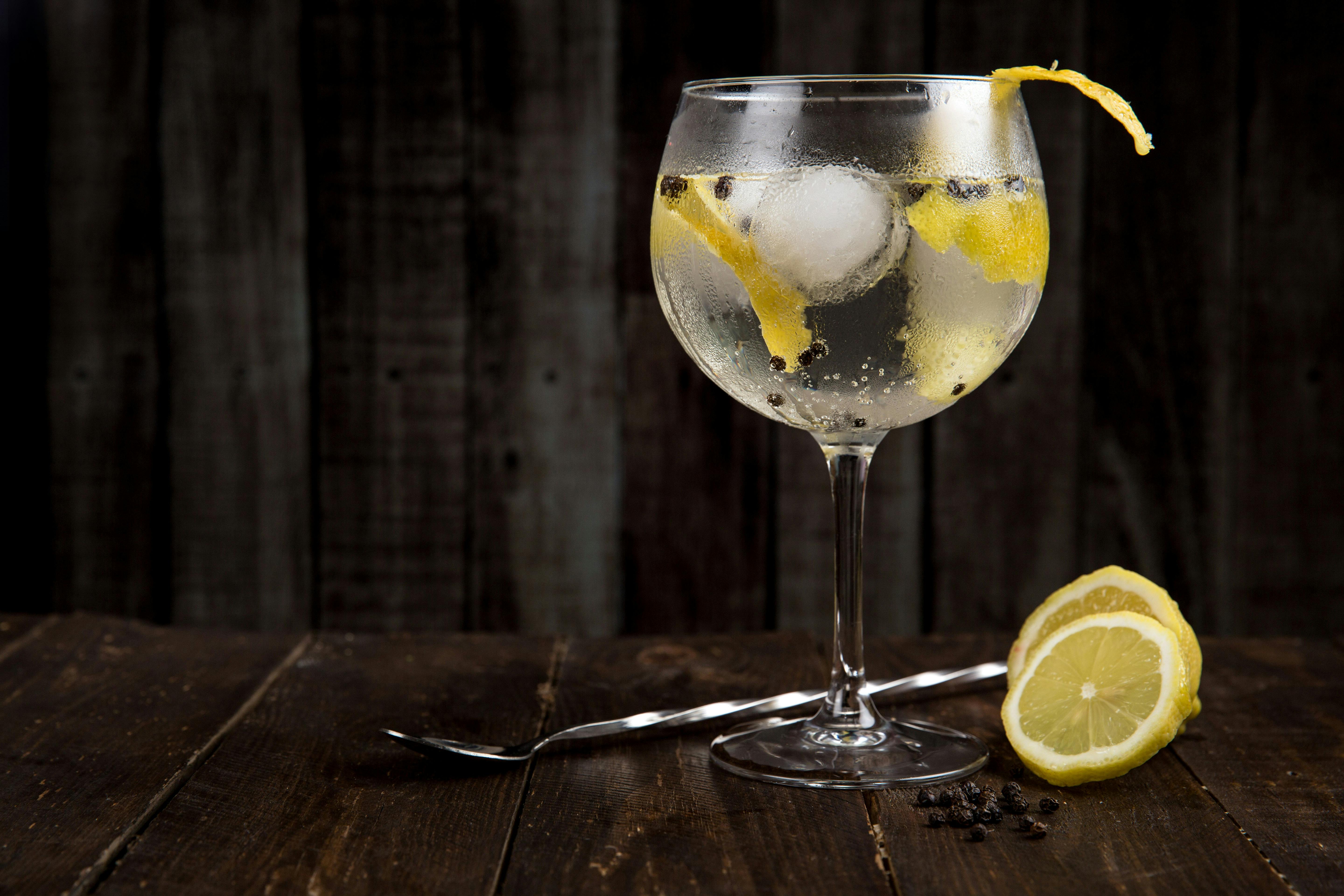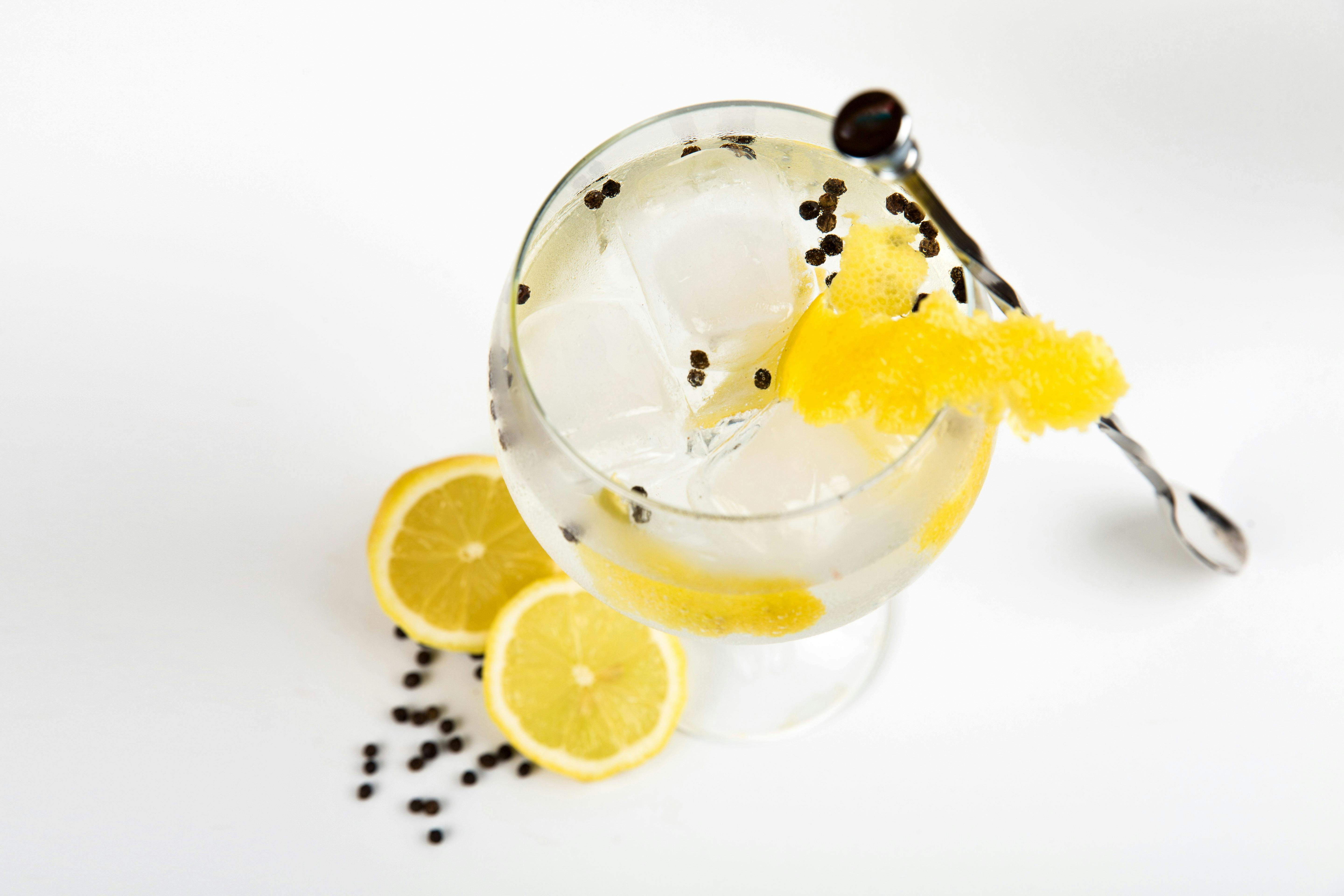Distilling gin is a process that involves taking a neutral grain spirit, such as vodka, and infusing it with botanicals, such as juniper berries, to create a unique and flavorful spirit. The process of distilling gin involves both careful selection of ingredients and precise distillation techniques. In this article, we will discuss the steps involved in distilling gin and the equipment required to do so.Distillation is a process used to separate components of a liquid mixture by boiling the mixture and condensing the vapor produced. It is a physical process that involves the conversion of a liquid into its vapour phase, followed by the condensation of the vapour back to liquid form. Distillation may be used to purify liquids, separate mixtures of liquids, or produce high-purity products from complex mixtures.
Gin Ingredients
Gin is a spirit made by distilling grain mash, usually including a combination of corn, rye, wheat, and barley. The main flavor of gin comes from juniper berries, which are added during the distillation process. Other ingredients are also added to give gin its distinct flavor profile. These ingredients can include citrus peels such as lemon and orange, spices like coriander and cardamom, and botanicals like angelica root, licorice root, orris root, and cassia bark. Most gins also contain small amounts of sugar to balance out the acidity from the botanicals. The use of these additional ingredients varies from brand to brand; some gins may have as few as three or four different botanical ingredients while others may have dozens.
The types of gins available can vary significantly depending on their recipes and the distillation process used. Some gins are made using only juniper berries while others may be flavored with various herbs or spices. Gin is often infused with fruit flavors such as raspberry or strawberry in order to create sweeter varieties. Different styles of gin can also be made with different types of
What Is the Process of Distilling Gin?
The process of distilling gin involves several steps, beginning with the selection of the base spirit. This is usually a neutral grain spirit, but it can also be made from potatoes, grapes or other fruits. The base spirit is then combined with juniper berries, herbs and spices and left to steep for a period of time.
Once the mixture has steeped, it is then heated in a still to separate out the alcohol from the other ingredients. During this process, vapors are produced which are then condensed back into liquid form. This liquid is then redistilled and redistilled again until it reaches an acceptable level of purity. The exact length of time required for each distillation will vary depending on the type of gin being produced.
Once this process has been completed, the gin can be bottled and enjoyed! Many producers also add additional botanicals such as citrus peel or coriander to give their gins a unique flavor. These extra ingredients are added after distillation and can be steeped for varying lengths of time depending on the desired flavor profile.
Overall, distilling gin is an intricate process that
What Is the Difference Between a Gin Still and Other Still Types?
The difference between a gin still and other still types lies in the way that the spirit is produced. A gin still is specifically designed to produce gin, which is a spirit made from juniper berries. Other still types are used to produce other spirits, such as whiskey and vodka.
A gin still consists of two parts – the pot and the column. The pot is where the mash of juniper berries, water, and other botanicals are heated to create the vapors needed for distillation. The vapors then travel up the column, which has cooling plates that condense them into liquid form. This liquid contains alcohol and flavor compounds from the botanicals.
The distillation process in a gin still is different from that of other still types because it produces a higher proof spirit with more flavor compounds than those made in other types of distillers. This makes it ideal for creating unique gins with distinct flavors and aromas. Additionally, some gin distillers use additional botanicals or additional treatments such as vacuum distillation or cold infusion to further enhance flavor profiles.
Choosing a Gin Still
When it comes to creating a high-quality gin, the choice of still can be the key determinant in the quality and taste of your final product. The right still can help you achieve the desired flavors and aromas, while the wrong one can leave you with an inferior product. So how do you choose a gin still?
The first step is to understand what kind of still you need. Depending on your goals and requirements, you may need either a pot still or column still. Pot stills are usually preferred for craft spirits, as they allow for more control over flavor and aroma. Column stills are better suited for large-scale production, as they are more efficient and produce higher yields.
Once you’ve decided on a type of still, it’s important to consider its size. Generally speaking, larger stills have greater capacity but require more space, while smaller ones are easier to install but may not meet your production needs. It’s important to strike a balance between size and capacity when selecting a gin still.
The next factor to consider

Different Types of Gin Distillation Methods
Gin is a spirit distilled from grains, usually barley and rye, infused with juniper berries and other botanicals. It has been around for centuries, with different distillation methods being used to create the unique flavors and aromas of each gin. There are five main types of distillation methods used to make gin: pot stills, column stills, vacuum stills, continuous stills and hybrid stills.
Pot Stills
Pot stills are the oldest type of still used for making gin. They consist of a large copper pot with a long neck and a condensing coil. The mash is heated in the pot until it vaporizes and then rises up the neck where it condenses into liquid in the coil. This method produces a very flavorful gin which is often referred to as “London Dry” gin. The process is slow and inefficient but gives great control over flavor.
Column Stills
Column stills are also known as “Coffey” or “patent” stills and have been
Setting Up a Gin Still
Setting up a gin still requires the right equipment, some basic knowledge and a few simple steps. In order to create a top-quality gin, you will need to select the right type of still for your needs. Many types of stills exist, including pot stills, reflux stills, and columns. Each type of still has its own advantages and disadvantages, so it is important to research each one thoroughly before making a decision. Once you have chosen the right type of still for your needs, you will need to assemble it according to the manufacturer’s instructions. This usually involves attaching all of the necessary components such as valves, condensers, and thermometers. You will also need to ensure that all of the pipes and connections are airtight and that there are no leaks. Once your still is assembled, you can begin adding your ingredients for distillation. This includes grain neutral spirits or vodka, juniper berries, coriander seeds, angelica root, and other botanicals of your choice. You can then start heating the ingredients in order to distill them into gin. You should monitor the temperature carefully throughout this process and make sure that
Safety Precautions When Distilling Gin
Distilling gin can be a fun and rewarding experience, but it also requires a certain level of safety precautions to ensure a safe and successful distillation process. The distillation of gin requires the use of potentially flammable materials, so it is important to take all necessary steps to prevent any accidents or injury. Here are some safety precautions to consider when distilling gin:
1. Make sure the distillery is well ventilated. Use fans and open windows to ensure that the air is always circulating. This will help reduce the risk of an accidental fire or explosion.
2. Wear protective clothing when handling any flammable materials or heat sources. This includes goggles, gloves, aprons, and other protective gear.
3. Always work in a clean and organized environment with plenty of space for moving around safely. Keep all combustible materials away from heat sources and open flames at all times.
4. Never leave any open flames unattended while distilling gin, as this could lead to a fire

Conclusion
Distilling gin is a process that requires time and patience, but with the right tools and ingredients, it can be an enjoyable experience. Distilling gin is an art form that speaks to the creativity of the distiller as they seek to create their own unique spirit. Gin is a versatile spirit that can be enjoyed in a variety of ways, from martinis to gimlets and everything in between. As with any spirit, distilling gin requires both quality ingredients and attention to detail throughout the process. With the right approach and dedication, anyone can learn how to distill their own gin at home.
The journey of learning how to distill your own gin can be both rewarding and educational. With practice, you’ll soon find yourself serving up some of your own delicious gin concoctions for friends and family. So, what are you waiting for? Get out there and start learning how to distill your own unique gin!

